Memorial for the victims of the transatlantic slave trade by Hew Locke
“As well as the past, this memorial also needs to be about the present and the future – and children signify the future. I want to engender a sense of pride in our survival. I want the work to be delicate but hard hitting.”
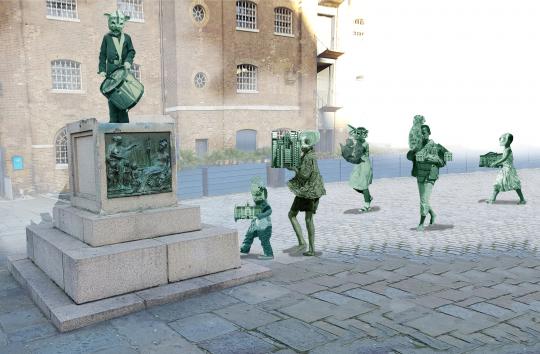
It’s been estimated that up to a quarter of all enslaved people transported across the Atlantic were children. Children born into slavery could be traded away from their own parents and, as they grew, their own children would then be enslaved and traded away in turn.
This artwork consists of bronze sculptures of boys and girls processing together, wearing Carnival or African-influenced masks. Some details will be picked out by burnishing or polishing so they appear gold.
A drummer on the plinth summons us to the spot. One holds a small boat, looking over towards the bronze ship on the Hibbert Gate opposite. The others each carry a small model building related to the slave-based economy.
Just as saints in history were depicted carrying the cathedrals they built, so our children will be carrying the buildings the fruits of their labour made possible.
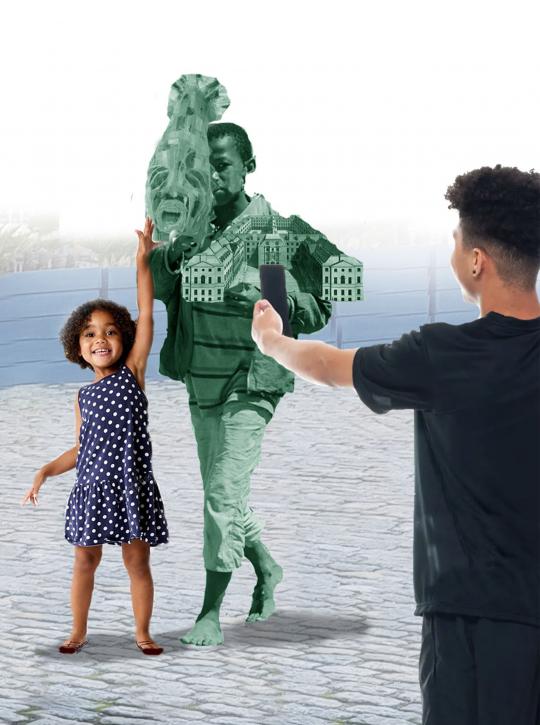
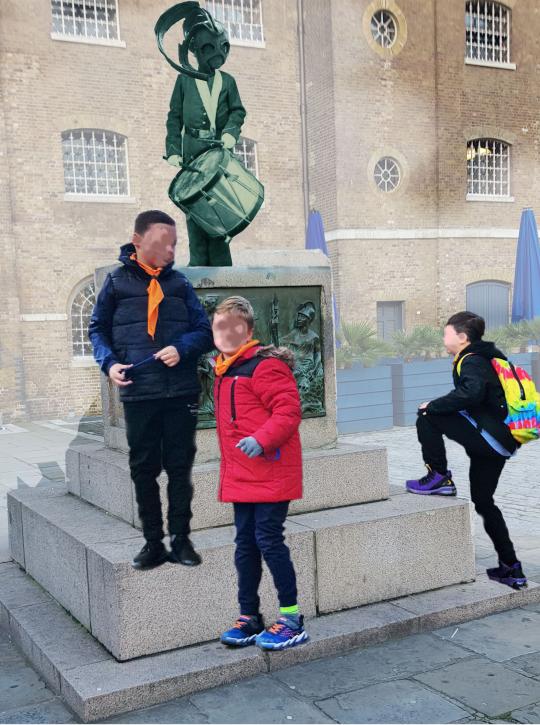
Their clothes are decorated with symbols and images, for example the Adinkra symbol ‘Sankofa’, signifying ‘learning from the past to inform the future’.
Striped decoration will also carry the names of Black Britons who deserve celebration from historic figures like Mary Prince and ‘Black’ Mary Woolaston to more contemporary artists like Frank Bowling and Benjamin Zephania.
The use of children as the protagonists of the work will engender empathy. Every visitor is invited to stand and sit next to them.
Satellite artwork and engagement
For the satellite sites, I envisage a low relief plaque of our drummer, standing one metre high, and fixed to a wall. The skin of his drum will contain information about the site and also about the main memorial.
I plan to consult local historians and academics for suggestions of appropriate buildings and institutions to incorporate into the work as well as names of people who could be celebrated. I’ll also reach out to experts in African symbols and histories. A launch event will attract users and press with a ‘meet the artist’ element where I walk around and talk about the work.
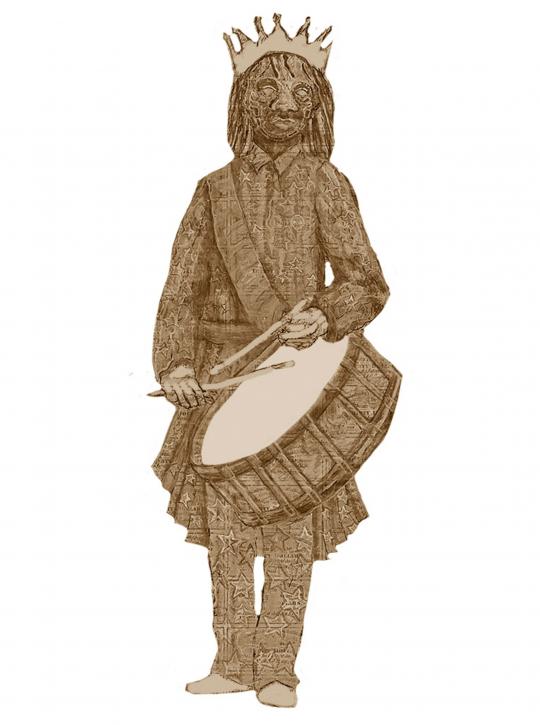
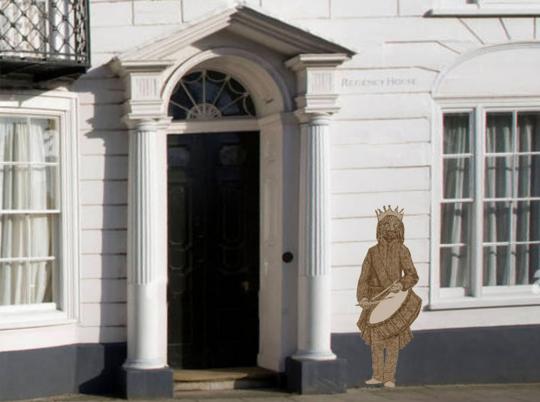
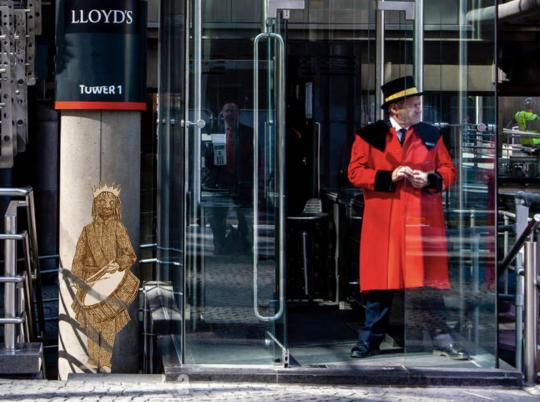
Meet the artist: Hew Locke
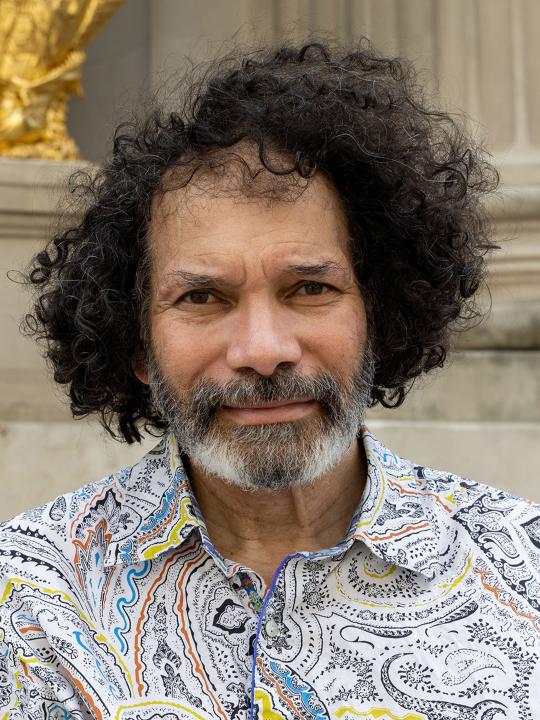
Hew Locke was born in Edinburgh in 1959. From 1966 to 1980 he lived in Georgetown, Guyana. Currently he lives and works in Brixton, London. He obtained a BA in Fine Art in Falmouth (1988) and an MA in Sculpture at the Royal College of Art (1994).
In 2000 he won both a Paul Hamlyn Award and an East International Award. In 2016 his work was shortlisted for the Marsh Award for Excellence in Public Sculpture. In 2022 he was elected a member of The Royal Academy of Arts and made an OBE in 2023 for services to art. Locke’s work is represented in many collections including The Metropolitan Museum of Art, The Tate Gallery and the British Museum.
He has made many public art works including:
- Ruined, Brunswick Square Cemetery Gardens, Bristol, 2010
- For Those in Peril on the Sea, 2nd Folkestone Triennial, 2011
- The Jurors, Runnymede, 2015
- Gilt, The Metropolitan Museum of Art, New York, 2022
- Foreign Exchange, Birmingham Commonwealth Games 2022
Cast your vote for the Memorial commission
Vote for an artistNeed a document on this page in an accessible format?
If you use assistive technology (such as a screen reader) and need a version of a PDF or other document on this page in a more accessible format, please get in touch via our online form and tell us which format you need.
It will also help us if you tell us which assistive technology you use. We’ll consider your request and get back to you in 5 working days.